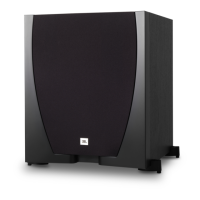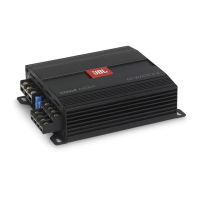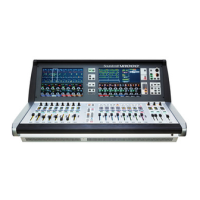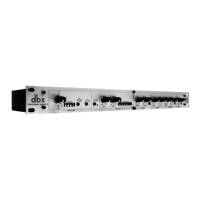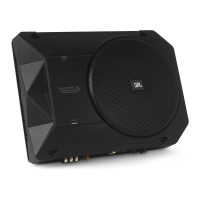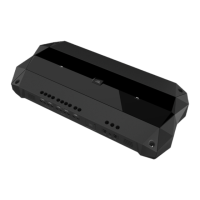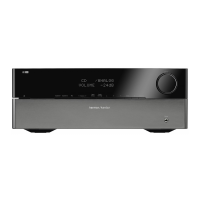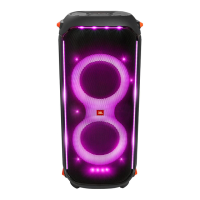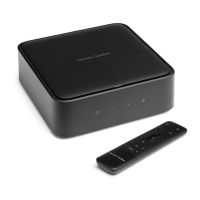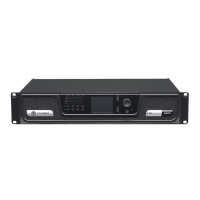16
Rupertby
Neve
M-S Operation
This can be illustrated by considering an image created using mono sources and pan pots.
Anything panned to the centre will be identical on both left and right signal paths. Signals
positioned anywhere other than absolute centre will have differing levels on the left and
right outputs. The same stereo image can therefore be conveyed either by sending a left
and right signal or by sending the centre (mono) signal together with the left/right
"difference" information.
In hardware terms the mono signal is derived by adding together the left and right signals in
a mixing amplifier. The following maths example should help to explain what happens in an
M-S matrix.
M (the mono signal)=L+R
The "difference" information is obtained by subtracting one signal from the other. To ensure
consistency between different types of equipment, the right signal is subtracted from the left.
S (the difference signal)=L-R
Deriving M and S signals
Two channel stereo is most often conveyed as left
and right channels carrying two independent signals.
These channels can create a stereo image because they do
not carry exactly the same signal and any elements which are identical
on both left and right will produce a central mono image.
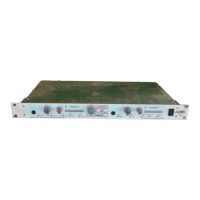
